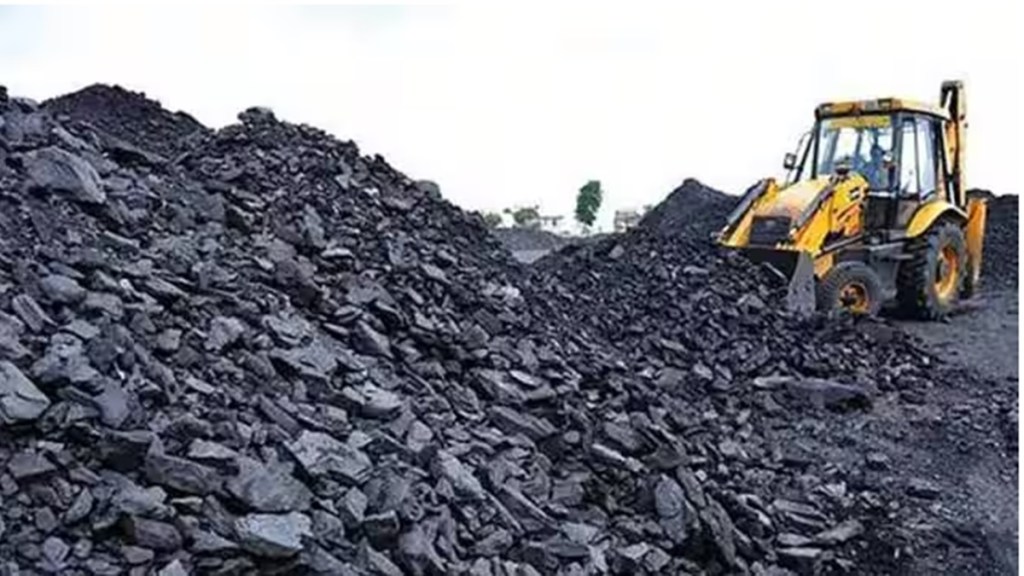By Amal Krishnan, Dr. Badri Narayanan Gopalakrishnan, Dr. Padmaja M
The global landscape of critical minerals is undergoing rapid change. Securing access to critical mineral resources is crucial to India’s growth story. A few instances in the recent past that underscore the seriousness that the Indian government attaches to the issue are the announcement of a long-awaited list of 30 critical minerals, the decision to be part of the Mineral Security Partnership (MSP), and the recent acquisition of lithium brine blocks in Argentina by the state-owned Khanij Bidesh India Limited (KABIL). That said, India lags behind its peers by a considerable distance in terms of augmenting its capacity in critical mineral development space.
The Ministry of Commerce and Industry data shows that the imports of 10 critical minerals, which include Glauconite, Nickel, Platinum group elements, and Lithium, among others rose by 34 percent to $11 billion in FY23. The import of platinum group elements, an essential component in the manufacture of electronic products, clocked a 62 percent rise to reach $ 3 billion. Lithium, often called “white gold,” also witnessed a sharp increase in imports, nearing $3 billion. Efforts are underway by the Ministry of Mines to explore critical mineral blocks in various parts of the country. Experts suggest India has tapped only around 10-20 percent of actual capacity in critical mineral exploration.
Also read: Easier rules for critical minerals hunt
Policy efforts to attract FDI into the sector have not found much success, as less than 1 percent of the total FDI inflows between 2000 and 2021 went to the mining sector. The situation seems paradoxical given that India produces 95 minerals. As the development of these mines takes years to reach its potential, securing supply chains of critical minerals is essential. In this context, it is important to understand the role that outward FDI (OFDI) by Indian companies could play in securing access to these minerals. A back-of-the-envelope firm-level analysis of the RBI’s firm-level OFDI database reveals that Indian firms operating in the mining, minerals, oil, and natural gas sectors have invested around $42 billion between 2007 and 2021 in various parts of the world. This constitutes 12 percent of the total OFDI flows in the same period.
Barring the oil and natural gas sector, the OFDI flows from the mining and quarrying sectors is less than $1 billion during the same period. Around 5 percent of India’s OFDI flows went to the agriculture and mining sector between April 2021 and August 2023. The Chinese story reveals a contrasting image. For instance, the Chinese OFDI stocks in Africa, a treasure trove of critical minerals and other natural resources, rose nearly a hundred-fold from around $490 million to $43 billion in 2020. Africa is an important source of minerals which play a vital role in China’s industrial output. Chinese investment spending in critical minerals space reached $546 billion. China boasts a lion’s share of lithium processing plants, giving it a head-start. The International Energy Agency reveals that investment in the development of critical minerals rose by 30 percent to $ 40 billion in 2022. Australia and Canada have witnessed rapid investment growth in critical mineral exploration.
Presently, India’s OFDI is mainly in financial services, the pharmaceutical industry, and certain other manufacturing sectors. The expansion of India’s OFDI to the critical mineral development space can only be kickstarted by the PSUs. A sustained and well-thought-out investment plan must be devised to get things into action. Investments in critical mineral-rich countries have an element of geopolitical risk in them.
Therefore, the PSUs must take the lead in venturing into these countries as it may boost the confidence of the private sector to invest in these regions. Firms must be nudged to undertake vertical FDI in critical mineral development space. For example, a manufacturer of batteries for EVs may be encouraged to invest in Lithium mining and processing space overseas, thereby ensuring a more secure supply chain. Identifying sectors of critical importance at a micro-level (say at a 5-digit level) and nudging firms operating in these sectors to undertake vertical FDI may secure supply chains and reduce the dependence on China for the supply of many critical minerals. Although it is easier said than done, a sustained effort on this front can accrue long-term benefits.
Furthermore, the issue of access to finance is a key determinant of the appetite of private sector firms to invest abroad. Presently, the majority of India’s OFDI is either through loans or guarantees issued route rather than the equity mode. India needs viable and alternate routes of finance rather than relying on traditional sources of finance if it wants to succeed in the critical minerals space. Taking a leaf out of the Clean Energy Finance Corporation in Australia or bringing government-backed agencies like IREDA into the picture may enhance the availability of finance. It is high time that the Indian government explores possible alternate avenues to gain a foothold in developing critical minerals space and securing India’s supply chains for the future.
(The authors: Amal Krishnan is a research scholar and Dr. Padmaja M is an Assistant Professor at NIT Trichy; Dr Badri Narayanan Gopalakrishnan is Fellow and Former Head, Trade and Commerce, NITI Aayog. Views expressed are the authors’ own and not necessarily those of financialexpress.com.)

